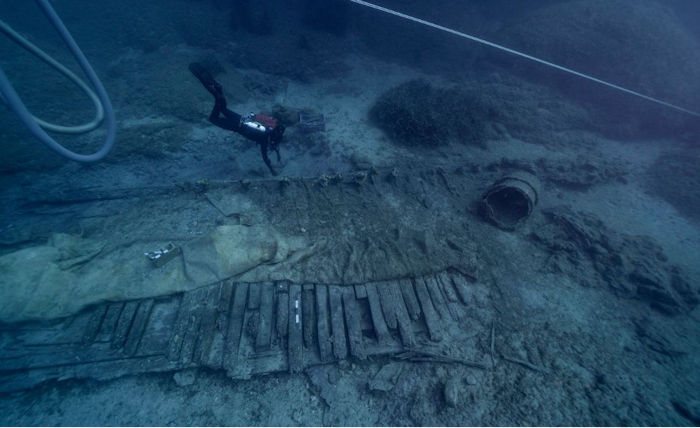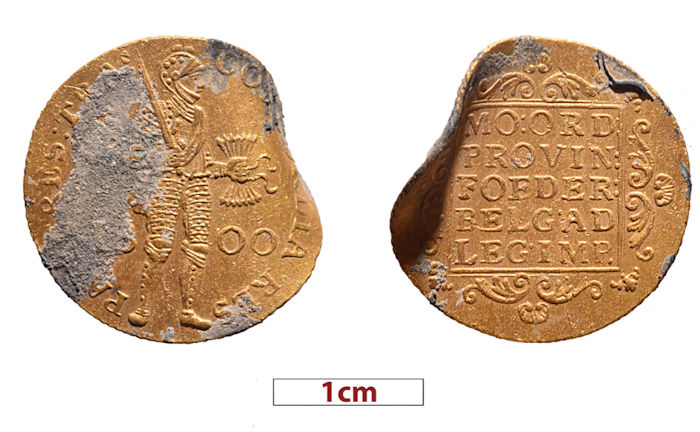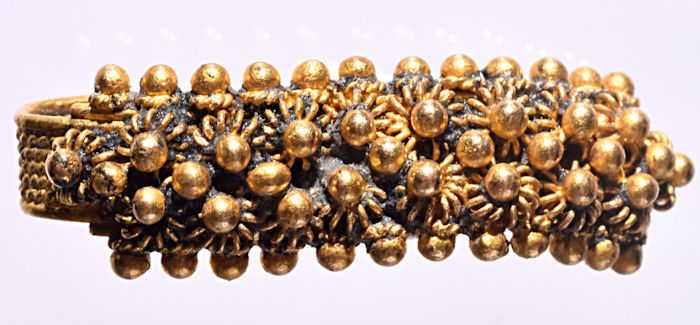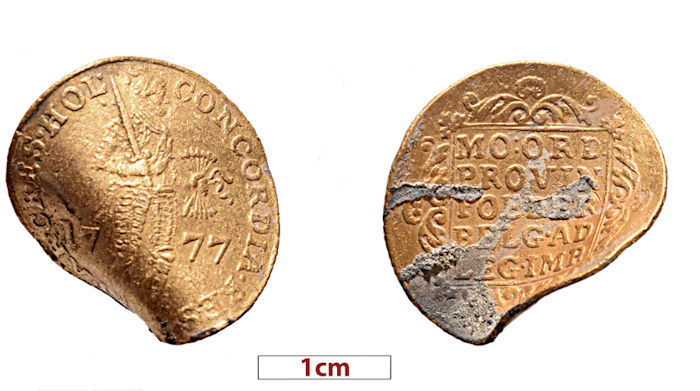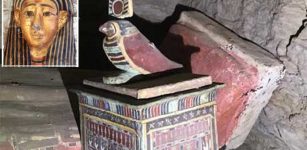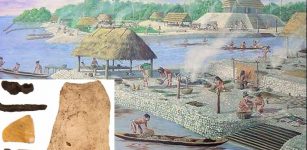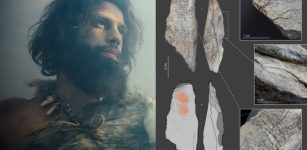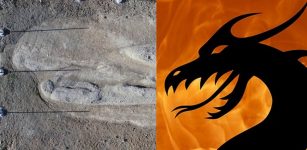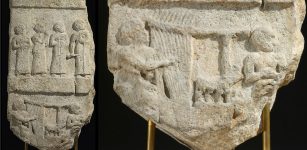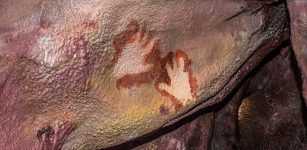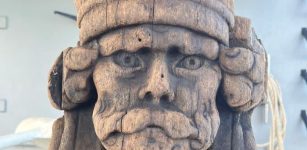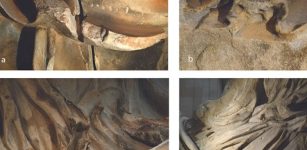Historic Shipwreck Mentor Reveals Its Underwater Secrets
Jan Bartek - AncientPages.com - The ship Mentor belonged to Lord Elgin. It sank off Kythera Island on September 15, 1802. The ship is historical, and archaeologists who examined the wreck discovered many valuable ancient submerged artifacts. Mentor was one of the ships used by Lord Elgin to transport the antiquities, which he had removed, or rather stolen, among other things, from the Parthenon and other monuments in Athens.
Credit: Vas. Tsiairis
The results of the recent underwater research on the shipwreck Mentor are significant. Scientists have been able to learn how the ship was built and get a better understanding of life on board by studying the crew's personal belongings.
The systematic underwater archaeological research of the Ephorate of Marine Antiquities of the shipwreck Mentor has been carried out under the supervision of the archaeologist, Dr. Dimitris Kourkoumelis.
Credit: Vas. Tsiairis
During the recent underwater excavation, two excavations were made along the ship's surviving hull.
The first trench was made along the keel on its north side to study its construction details. The Z-shaped connecting point of the two parts of the keel was located and it was found that the copper sheets that covered it had folded in various places, indicating that after it sank the ship probably dragged itself along for a few meters, until it rested its left side on the sea bed.
Credit: P. Vezirtzis
At this spot, parts of the ropes from the ship’s equipment and other small items related to the crew and passengers had been trapped between the planks and other pieces of wood. These included parts of a military uniform’s wire epaulettes, pieces of wooden furniture, as well as a gold ring decorated with flowers and dots. An identical ring had been brought up during the 2019 survey.
The second trench was opened on the southern surviving part of the ship, along its frames and sheathing. The aim was to check the surviving limits of the hull, to make observations and measurements on the shipbuilding components, and to look for any objects that might have rolled out of the hull after its sinking. The trench covered almost the entire surviving length of the hull’s southern end.
Credit: P. Vezirtzis
It was found that large pieces of copper sheets were preserved under the sheathing from its external protective copper plating, and the sheathing itself was preserved in fairly good condition, although it showed damage from living organisms in various places. Of particular interest among the finds brought up were two large pieces of rope, part of a sextant, and two gold ducats from the Netherlands issued in 1777 and 1800, respectively.
See also: More Archaeology News
A significant find was the base of a surveying instrument, a theodolite, outside the ship’s hull. During work on its conservation, it was discovered that part of the topographic instrument could be reassembled by combining findings from earlier excavation periods of 2013 and 2015. This object acquires a special significance as on board the ship was the well-known surveyor, traveler, and collector of antiquities, an officer in the artillery of Great Britain, William Martin Leake. The instrument most likely belonged to him and may have been used for the extensive mapping of antiquities made by him in Attica and the greater area.
A total of 18 people of different specialties and scientific expertise participated in the underwater research.
Written by Jan Bartek - AncientPages.com Staff Writer


